Why do we need Energy Efficient Buildings in 2024?
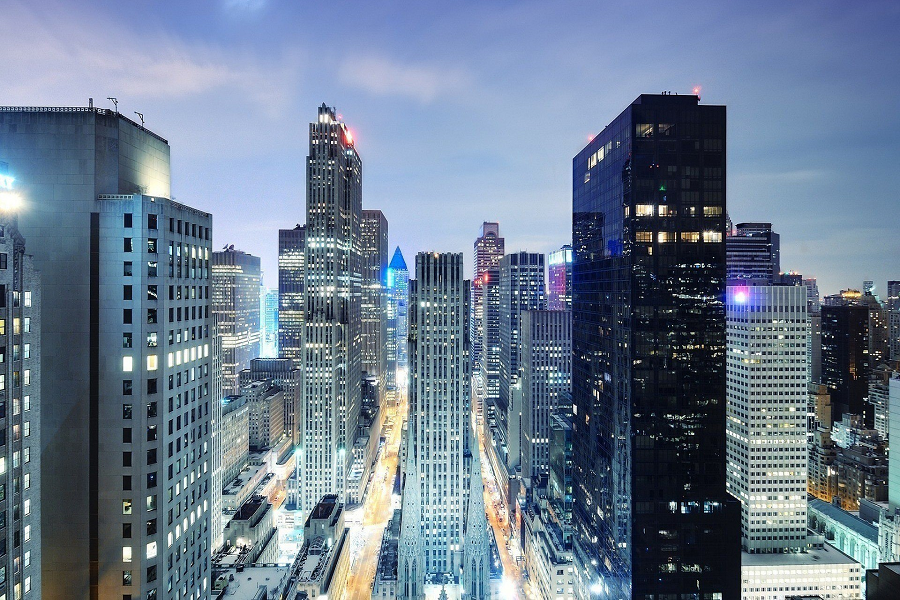
In the ever-evolving landscape of construction and architecture, the demand for energy-efficient buildings has never been more critical. As we step into the year 2024, the need for sustainable and eco-friendly structures has become a global imperative. This article explores the reasons why we need energy-efficient buildings in 2024 and their profound impact on our environment, economy, and overall quality of life.
Nan Chul Shin, a pioneer in the construction industry, has set a remarkable example with Nan, Inc. The company, which he founded in 1990, has grown from modest beginnings to become the State’s largest locally owned and operated general contractor. Nan, Inc. exemplifies the principles of excellence, integrity, and a commitment to meeting clients’ needs, which align seamlessly with the ethos of energy-efficient buildings in 2024.
Environmental Sustainability
The need for energy-efficient buildings in 2024 cannot be understated, given the growing concern for environmental sustainability. Traditional construction practices often lead to excessive energy consumption, which in turn contributes to greenhouse gas emissions. Energy-efficient buildings, on the other hand, utilize modern technologies and designs to minimize energy waste. They feature enhanced insulation, efficient lighting, and heating and cooling systems, reducing the carbon footprint and conserving vital resources.
Reduced Operating Costs
Energy-efficient buildings offer significant financial benefits to homeowners and businesses. While the initial investment may be slightly higher, the long-term cost savings are substantial. With improved insulation and energy-efficient appliances, these buildings consume less energy, resulting in lower utility bills. In the commercial sector, businesses can reinvest these savings into their operations, fostering growth and economic stability.
Improved Indoor Air Quality
Energy-efficient buildings prioritize indoor air quality, ensuring that occupants breathe clean and healthy air. Advanced ventilation systems with air filtration, coupled with the use of low-VOC (volatile organic compound) materials, prevent the buildup of harmful pollutants. This, in turn, enhances the well-being and productivity of the building’s occupants, whether in residential or commercial settings.
Resilience in the Face of Climate Change
With the unpredictable and often extreme weather patterns we are witnessing globally, energy-efficient buildings offer a level of resilience. These structures are better equipped to withstand temperature fluctuations and power outages. For example, well-insulated buildings maintain a comfortable temperature in extreme weather conditions, reducing the need for constant heating or cooling.
Legislative Incentives and Regulations
Energy efficiency is becoming increasingly important to governments and regulatory agencies around the world. This has led to the introduction of incentives and regulations to encourage the construction of eco-friendly buildings. In many regions, there are tax benefits, rebates, and grants available for those who invest in energy-efficient features for their homes or businesses. Building codes have also evolved to include energy-efficient standards.
Long-Term Value and Marketability
Energy-efficient buildings offer not only immediate benefits but also long-term value and marketability. In a world where sustainability is becoming a priority for both buyers and tenants, these buildings have a competitive edge. They are more likely to maintain their value and attract environmentally conscious buyers or renters, making them a smart investment choice.
In conclusion, the year 2024 marks a significant turning point in the construction industry, with the need for energy-efficient buildings taking center stage. These structures, as championed by pioneers like Nan Chul Shin and companies like Nan, Inc., represent a sustainable, cost-effective, and environmentally responsible approach to building design and construction. As we strive to reduce our impact on the environment and adapt to the challenges of the future, energy-efficient buildings have become not just a choice but a necessity.
Leave a Reply
You must be logged in to post a comment.











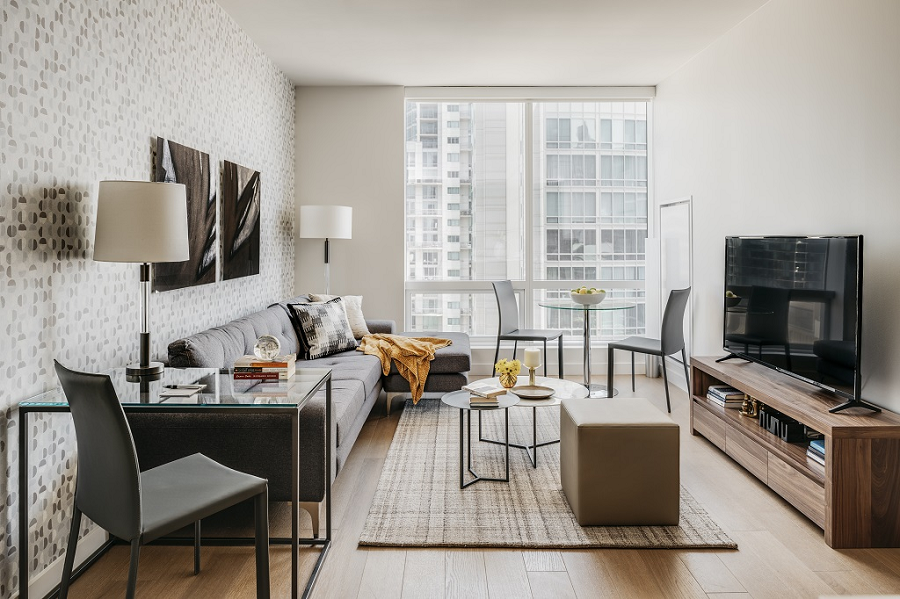

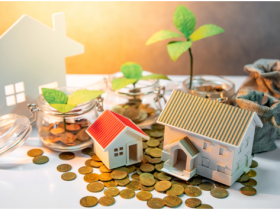
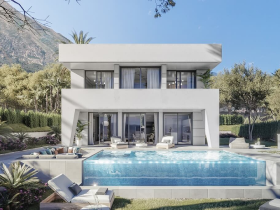

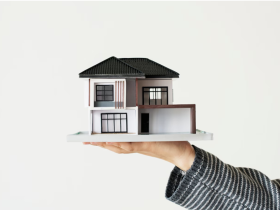
Leave a Reply